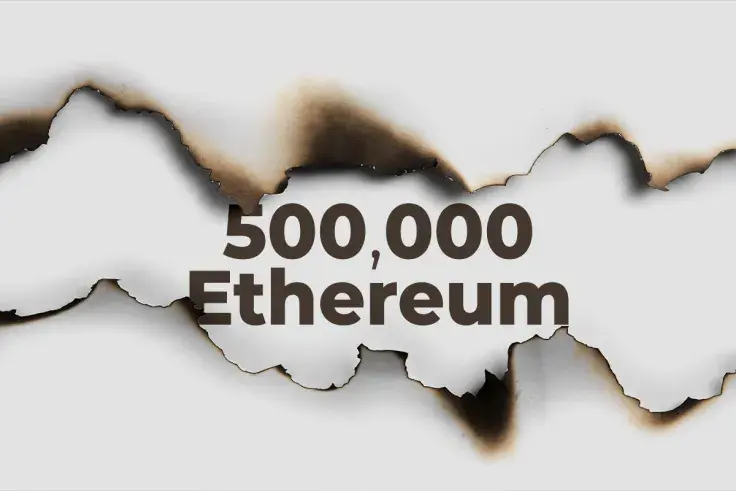
Disclaimer: The opinions expressed by our writers are their own and do not represent the views of U.Today. The financial and market information provided on U.Today is intended for informational purposes only. U.Today is not liable for any financial losses incurred while trading cryptocurrencies. Conduct your own research by contacting financial experts before making any investment decisions. We believe that all content is accurate as of the date of publication, but certain offers mentioned may no longer be available.
Half a million Ethereum have been burned on the Ethereum network according to the Etherchain website. At press time, the burnt amount equals $1.7 billion. Previously, the same amount of funds would have been received by Ethereum miners and most likely realized on the market.
Ethereum burning mechanism
With the EIP-1559 update, the fee-burning mechanism has been implemented to the Ethereum network. Since August, the miners' fee that was previously used to reward miners for moving transactions through has been changed to a base fee. Now, the reward for miners is presented as a tip, while the base fee is getting burned.
With an increased number of transactions on the Ethereum network every day, more coins are getting burned, which is progressively making Ethereum a deflationary asset with more coins burned than distributed.
Positive market effect
While the number of coins present on the network is constantly decreasing with the fee-burning mechanism present, it is expected to have a positive effect on Ethereum's price. With constantly reducing supply and rapidly rising demand, traders and investors tend to accumulate an asset while expecting a price increase.
The effect has already been reflected in Ethereum's price, with its 26% growth in October. Right after the update, Ethereum grew by more than 20% but then quickly retraced back to almost 30%.
At press time, Ethereum is trading around the price of $3,500 with 5% daily growth.

 Alex Dovbnya
Alex Dovbnya Caroline Amosun
Caroline Amosun Dan Burgin
Dan Burgin Denys Serhiichuk
Denys Serhiichuk Gamza Khanzadaev
Gamza Khanzadaev